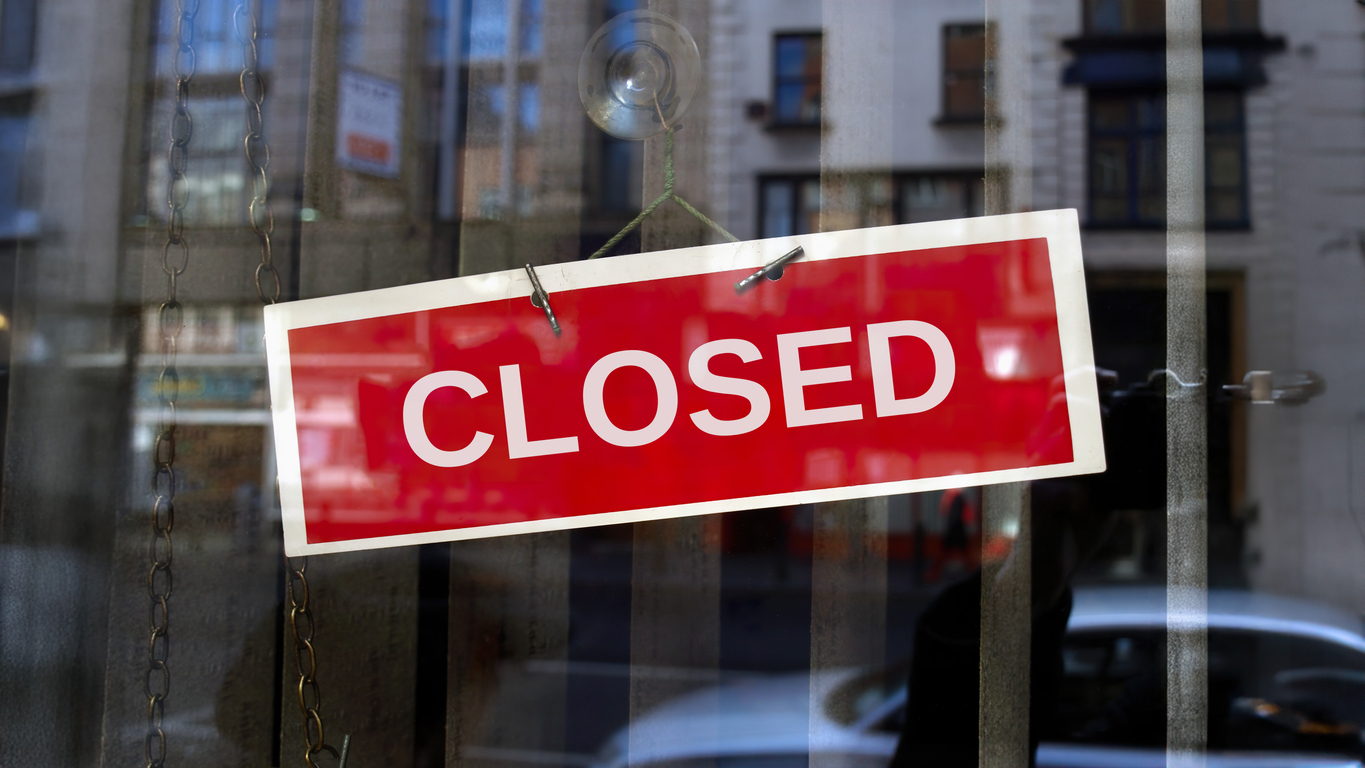- October 29, 2025
- 3 minutes read
Liquor Store License Freeze Reflects Deeper Trouble for New York Retail

In recent weeks, a measurable shift has been underway in the retail landscape of New York: authorities have significantly tightened the approval of licenses for new liquor stores across the city. With overall alcohol sales reportedly down by as much as 25 percent this year, regulators are citing concerns over market saturation and the financial strain on existing retailers. Many established shop owners are raising alarm, saying that the licensing clamp-down may offer short‑term relief but also signals deeper challenges for brick‑and‑mortar retail in a changing consumer economy.
Beyond the raw numbers, the pushback from longtime retail operators is telling. Several liquor stores have voluntarily surrendered their licenses or announced closures, pointing to declines in foot traffic, rising operating costs and competition from alternative sectors like at‑home e‑commerce or legal cannabis. For many small business owners, the question is increasingly less about “Can I open another store?” and more about “How do I survive the one I have?” The licensing policy is seen by some as a stop‑gap, but not a substitute for broader structural support.
Meanwhile, landlords and local commercial real‑estate owners are feeling the pinch. Neighborhood storefronts once thought of as sure bets — near subway stops, in mixed use districts — now face weaker tenants and longer vacancy cycles. In a city where rent remains among the highest in the nation, retail failure has ripple effects: building owners may push for new uses, local merchants may shutter, and the vitality of shopping corridors can erode. Put simply, the dominoes may be shifting.
What makes this moment particularly fragile is the intersection of regulation, consumer behavior and economic context. The licensing authority’s decision to reject approximately 70 percent of recent liquor‑store applications reflects both caution and consequence: fewer licenses mean fewer new entrants, but also fewer opportunities for entrepreneurs hoping to tap neighborhood demand. At the same time, unit economics for retail have become tougher—rising wages, logistics costs, supply chain issues—and consumer tastes are evolving in ways that no amount of regulatory gate‑keeping can fully manage.
Looking ahead, the broader lesson for New York’s small‑business ecosystem may be this: surviving the next phase will require adaptation as much as it does resilience. Retailers who weather this period will need to rethink how they engage shoppers, reconfigure their cost base and recalibrate business models to match shifting habits. And for policymakers, the choice is clear: tighten the gate and protect legacy players, or partner with emerging models to restore neighborhood commerce in a dynamic city landscape.
